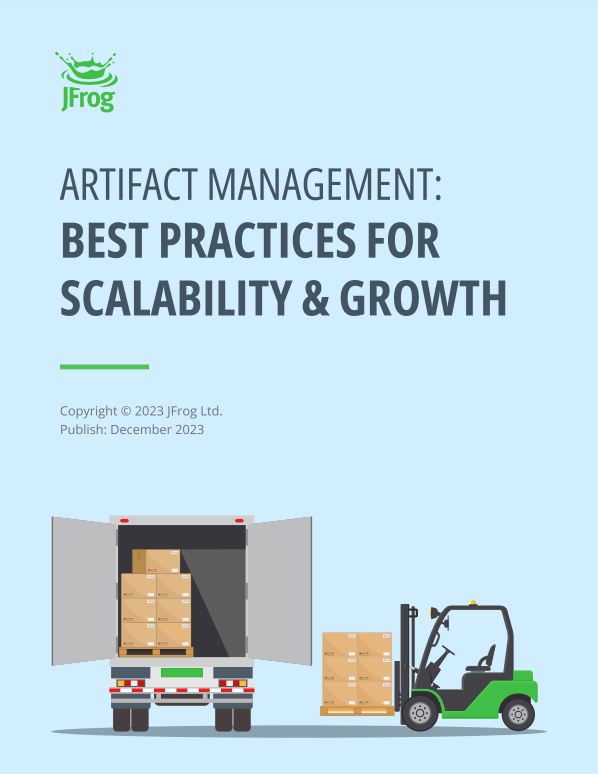Artifact Management: Best Practices for Scalability and Growth
Introduction
Artifacts (aka binaries, packages, libraries, components, etc.) are the building blocks and by-products of software development. Every day, development teams create new artifacts by leveraging a variety of technologies and incorporating existing packages, both 1st and 3rd party, as part of their process. Due to the increased pace of development, microservice approaches, the open-source movement, and globally distributed teams, there’s an explosion of artifacts for organizations to manage.
Unfortunately, managing all of these artifacts creates complexity that can slow down or block development from moving forward. And as organizations grow, these challenges only increase. It’s therefore imperative that organizations have policies, processes, and tools in place that enable organization-wide visibility and control over the artifacts, binaries and libraries being leveraged as part of the software supply chain.
This white paper introduces the concepts and reasons to adopt an artifact management strategy, including 9 best practices for artifact management. These practices were honed over 15+ years, helping thousands of organizations big and small control how artifacts are leveraged across software development pipelines while simultaneously speeding up software delivery. We’ll also cover what to look for in tools used to implement and operationalize your artifact management approach.



